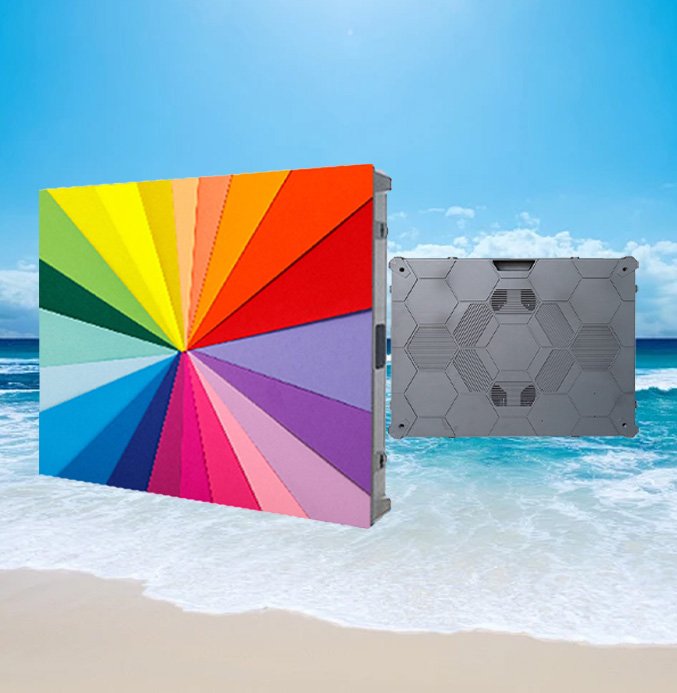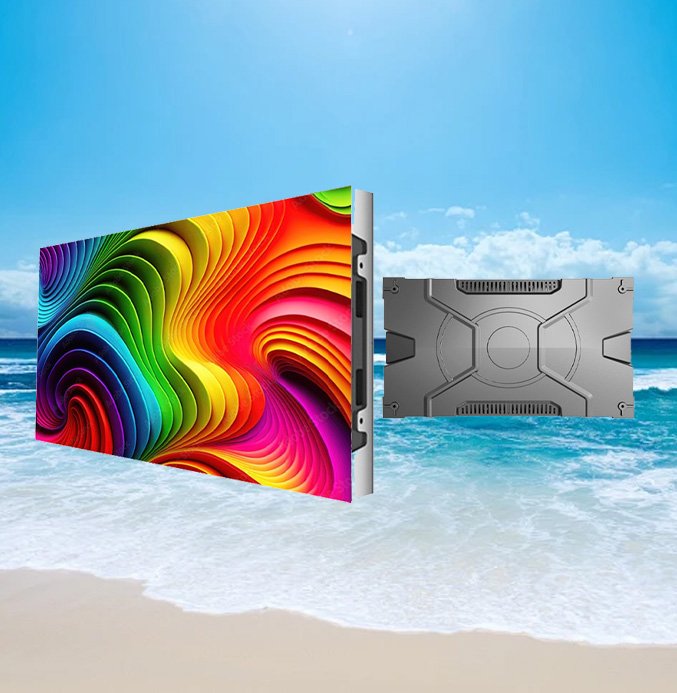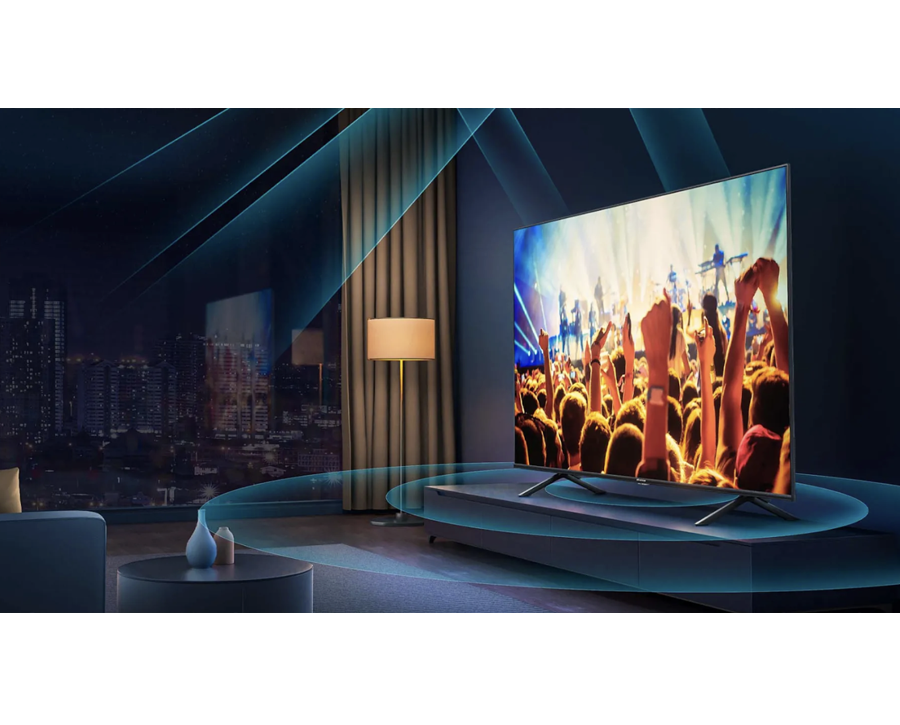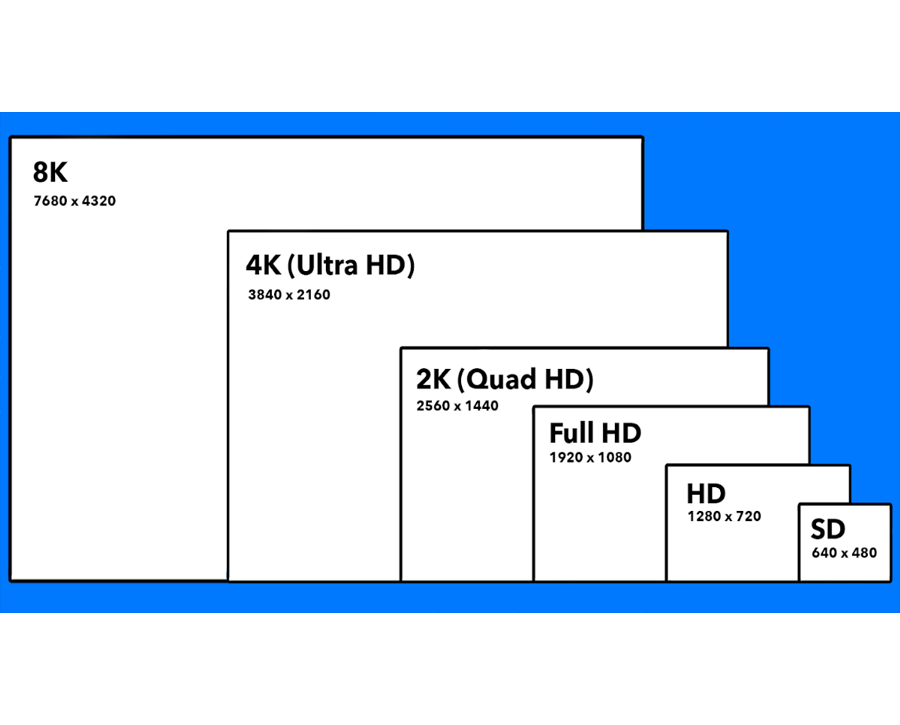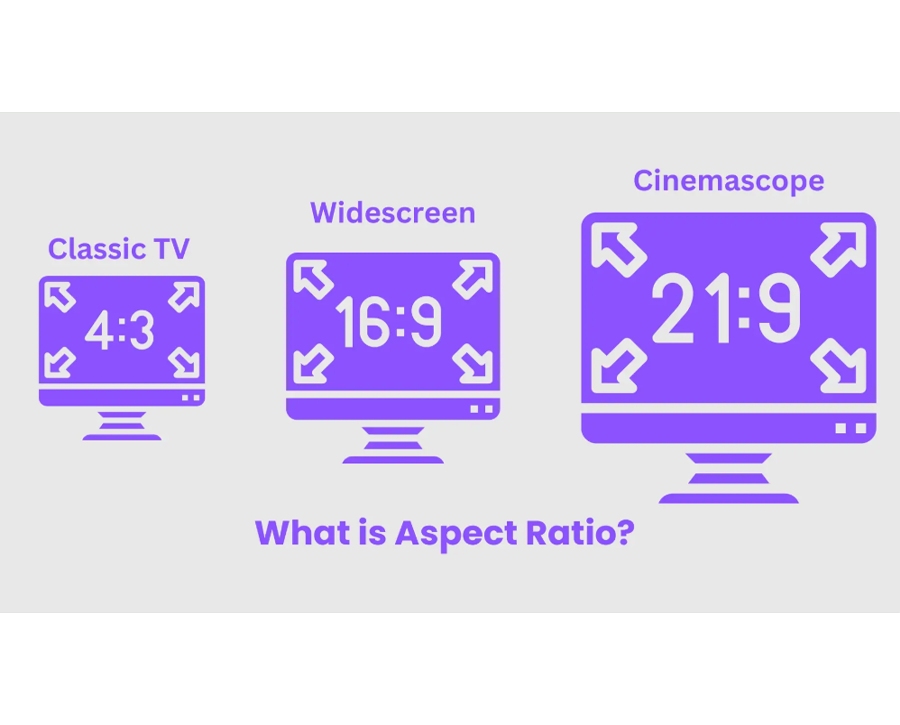
The world today is highly dynamic, with technology changing every day. Manufacturers are producing high-tech screens of various sizes. Visual clarity and understanding contribute to discussing pixel density (PD).
PD measures the count of pixels in your display, with higher pixel density giving you sharper and clearer graphics. This guide helps answer the question, ‘What is pixel density?’
What are Display Aspect Ratios?
The display aspect ratio refers to the screen size of a given channel that displays a video. In the past, the channel size determined the accurate measurements of the video, such as on silver screens and televisions. Today, computers and other digital devices provide multiple aspect ratios despite the fixtures in the display aspect ratio.
All video calculator aspect ratio reads as “XbyY” orally, and X: Y is written on the screen. X is the width, while Y is the height of the display aspect ratio video frame. For instance, the display aspect ratio of a video remains 2:1 when the video is long and twice wide. Therefore, a video’s display aspect ratio is entirely independent of its size.
Display Aspect Ratios History
Display aspect ratios are linked to technological innovation and scientific progress. They started with the invention of innovative motion pictures and film as entertainment and a form of art. The first innovative film used 35 mm and displayed a ratio of 4:3.
Display aspect ratios evolved throughout the years. The first video display, Cinerama, provided a detailed picture addressing failing movie ticket sales with a display aspect ratio of 2.59:1. HDTV later in the nineties had a display aspect ratio of 1.78:1.
The invention of computers and other digital devices has space and requires multiple display aspect ratios. In any case, the functional dynamic of digital devices is different from the television and cinema aspect ratio due to many components, such as software limitations and device handling.
Common Display Aspect Ratios
The platform to upload and the purpose of the video determines the type of display aspect ratio. Here are the essential standard display aspect ratios for engaging videos.
Widescreen (16:9)
Social media skyrocketing has impacted online video’s ideal 16:9 display aspect ratio. The 16:9 display aspect ratio is standard for screen ratio calculator shares, longer videos, and videos for exciting cinematic satisfaction. Therefore, it is the accurate display aspect ratio for streaming platforms such as Netflix or YouTube, high-definition TVs, and most screen ratio calculators on desktops.
Vertical (9:16)
The vertical display aspect ratio of 9:16 is standard on multiple phone apps since it matches the smartphone’s display aspect ratio. The smartphone and social media increase has popularised the 9:16 display aspect ratio. The social media impact is on Instagram reels and YouTube shorts.
Square (1:1)
The square aspect ratio 1:1 was famous when the square TV sets were in demand. Instagram has popularized the 1:1 square display aspect ratio since it promoted posts and images on social media.
The 1:1 calculator aspect ratio makes you stand out in an Instagram post since most people upload vertical posts. It is a stylistic choice for social media platforms like Facebook and Instagram.
Fullscreen (4:3)
The fullscreen calculator aspect ratio of 4:3 is globally known as the standard aspect or the Academy Ratio for all videos. The emergency of HD videos and mobile devices has negatively impacted the 4:3 calculator aspect ratio due to the narrow display of the screen ratio calculator and video capabilities.
Therefore, the 4:3 display aspect ratio can only work with its archival footage of materials to avoid distortion or reshaping of the original footage. It also operates with videos with single speakers, such as lectures, when you need a focused frame.
Cinematic Widescreen (21:9)
The cinematic widescreen calculator aspect ratio of 21:9 is known as ultra-windscreen. Cinema movies use it as an artistic choice or aesthetic to enhance storytelling effects and powerful visual immersion. Meanwhile, digital films are regularly shot in wide display aspect ratios.
The original display aspect ratio of 21:9 adjusts when projected in multiple display aspect ratios in cinemas. The other anamorphic aspect ratio approach intentionally distorts a picture when recording and stretches back to its optimal display aspect ratio while projecting.
The impact is similar to the cinema widescreen calculator aspect ratio of 21:9 and rates at 2.39:1 or 21.5:9. Therefore, the anamorphic ratio format focuses on screen ratio calculator sizes available at every venue and cinematic technology.
Tall (4:5)
The 4:5 display aspect ratio is commonly used for social media and portrait-mode videos since it captures more space on the screen ratio calculator and requires more attention.
Therefore, the 4:5 vertical ratio aspect calculator is famous on online platforms like TikTok, Facebook, and Instagram. These vertical display aspect ratios increase engagement when video uploading as they occupy an essential part of the screen.
Wide (5:4)
The 5:4 display aspect ratio is large, making airing in mainstream media production difficult. In other words, it is commonly used in particular niches for experimental or artistic operations. The 5:4 ratio aspect calculator broadcasts content on monitors since multiple desktops have a 5:45 calculator aspect ratio.
How to Calculate Display Aspect Ratios?
It is essential to have the right proportion for your videos and to calculate the proportion. Therefore, you should use the display aspect ratio finder to estimate the proportion, and the process is relatively simple.
To get the display aspect ratio, divide the height and width using the greatest divisor. For example, a width and height of 640*480 gives 120 as the highest divisor, which results in a 4:3 aspect ratio finder.
Best Display Aspect Ratios for Social Media
Social media and other famous video streaming platforms require a specific video format that matches the platforms. In other words, custom display aspect ratios are necessary only when they impact the user experience.
Multiple video platforms display the proper aspect ratios from custom ratio aspect calculators. Websites displaying aspect ratio finder videos highlight the type of display aspect ratio you can use in their terms and conditions. Accurately using aspect ratio finders on videos maintains their cinematic action and prevents penalization. Here are details on social media.
X Videos
The X platform, or Twitter, allows you to upload a video to your ads account or feed. It has a 16:9 and 1:1 ratio aspect calculator, recommended for landscape and square video, respectively.
In any case, X has video ad dimensions with a recommendation of a 16:9 display aspect ratio and other ads’ aspect ratio aspect calculators from 15 seconds to 2:20. The carousel ads’ video display aspect ratio is 16:9 or 1:1.
Linkedin Videos
LinkedIn helps support videos in the feed and ads. The aspect ratio finder of LinkedIn feed videos is between 3 and 10 minutes long. Meanwhile, LinkedIn recommends an aspect ratio finder for video posts of 1:2.4 and 2.4:1.
The video ads are about 3 seconds to 30 minutes long, while the recommended ad aspect ratio calculator should range from 4:5 to 16:9, 9:16, and 1:1. However,16:9 and 9:16 are the commonly used ratios since they have a wider audience reach and attraction.
Facebook Videos
Facebook’s aspect ratio for uploading videos is between 16:9 and 9:16. The aspect ratio finder Facebook recommends ensures that videos have more space on the Facebook News Feed and attract more organic viewers.
In addition, Facebook recommends an aspect ratio finder of 9:16 for video ad dimensions since most Facebook users view videos on their phones. The display ratio of 9:16 occupies the entire screen, offers the best user experience, and converts users to actual Facebook video viewers.
Youtube Videos
Considering the length and format features, YouTube videos can be short or regular. YouTube videos are over 30 minutes long, while medium videos are under 10 minutes. In other words, YouTube short videos have a format of less than 1 minute or 60 seconds.
YouTube short videos appear on a particular short feed on the YouTube app. Therefore, they are organic videos since any YouTube user can access them anytime without a subscription. Consequently, it is easier for a broader audience to reach engagement and get organic views.
TikTok Videos
The TikTok algorithm focuses on uploading videos and ad shots with a 9:16 aspect ratio finder. The 9:16 aspect ratio is standard for TikTok videos since it fills the entire phone screen and attracts users’ attention.
All videos uploaded with other aspect ratios automatically top themselves to match the 9:16 frame. This makes it easier for the video to retain significant content and display accurately.
Conclusion
The display aspect ratio can be a critical feature to monitor the installation of LED displays. This article provides an exclusive guide on the vital factors to consider. Nonetheless, it can be helpful to seek guidance from an expert.
Elevate Your Display Aspect Ratios with LEDSINO Now!
LEDSINO is the expert you need! Our company offers quality LED display products to suit different use settings. Check out our official website to discover how our team of experts can help you elevate your brand identity or home lighting with innovation.

Enter the digital world with our advanced display technologies.

